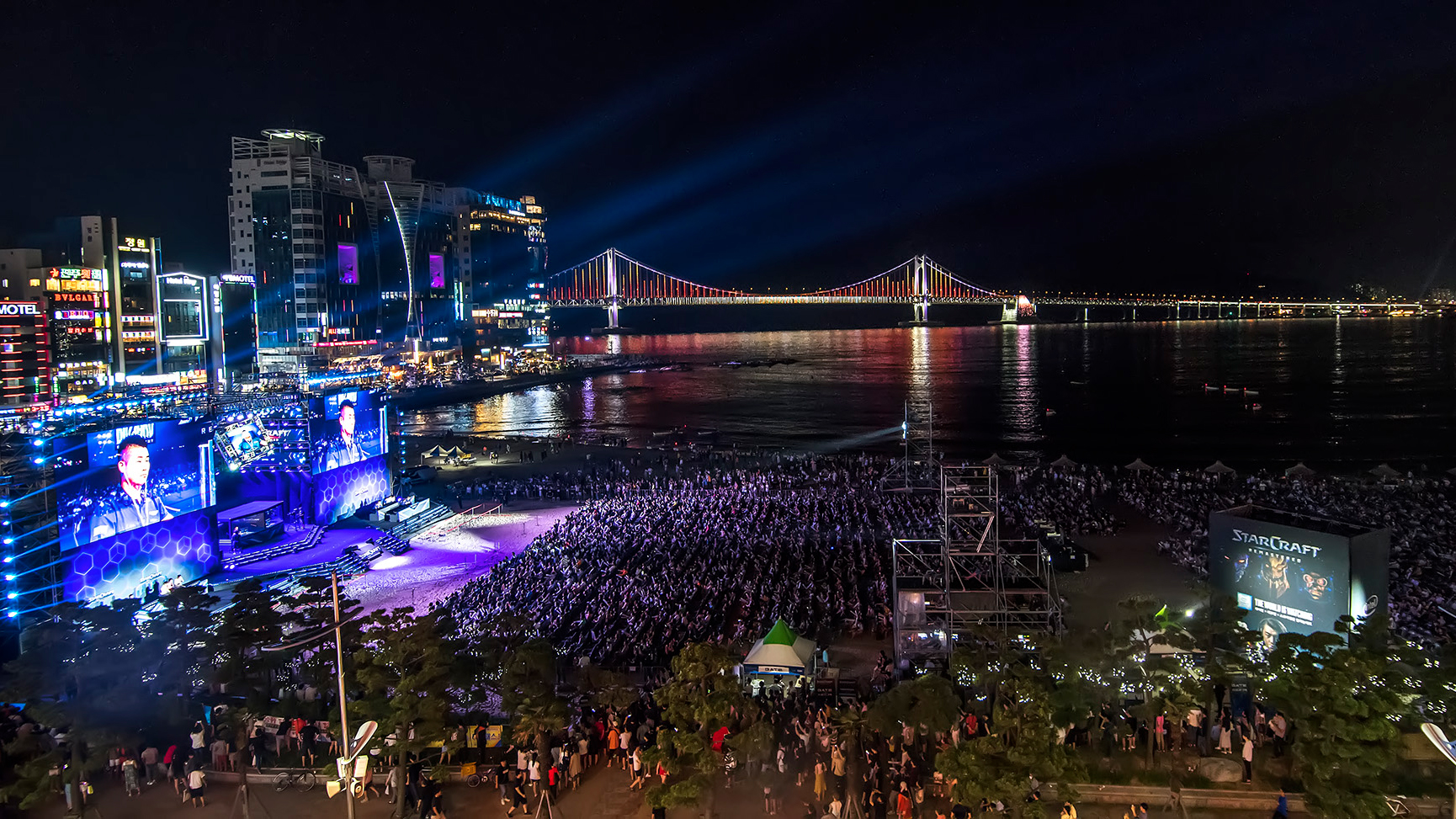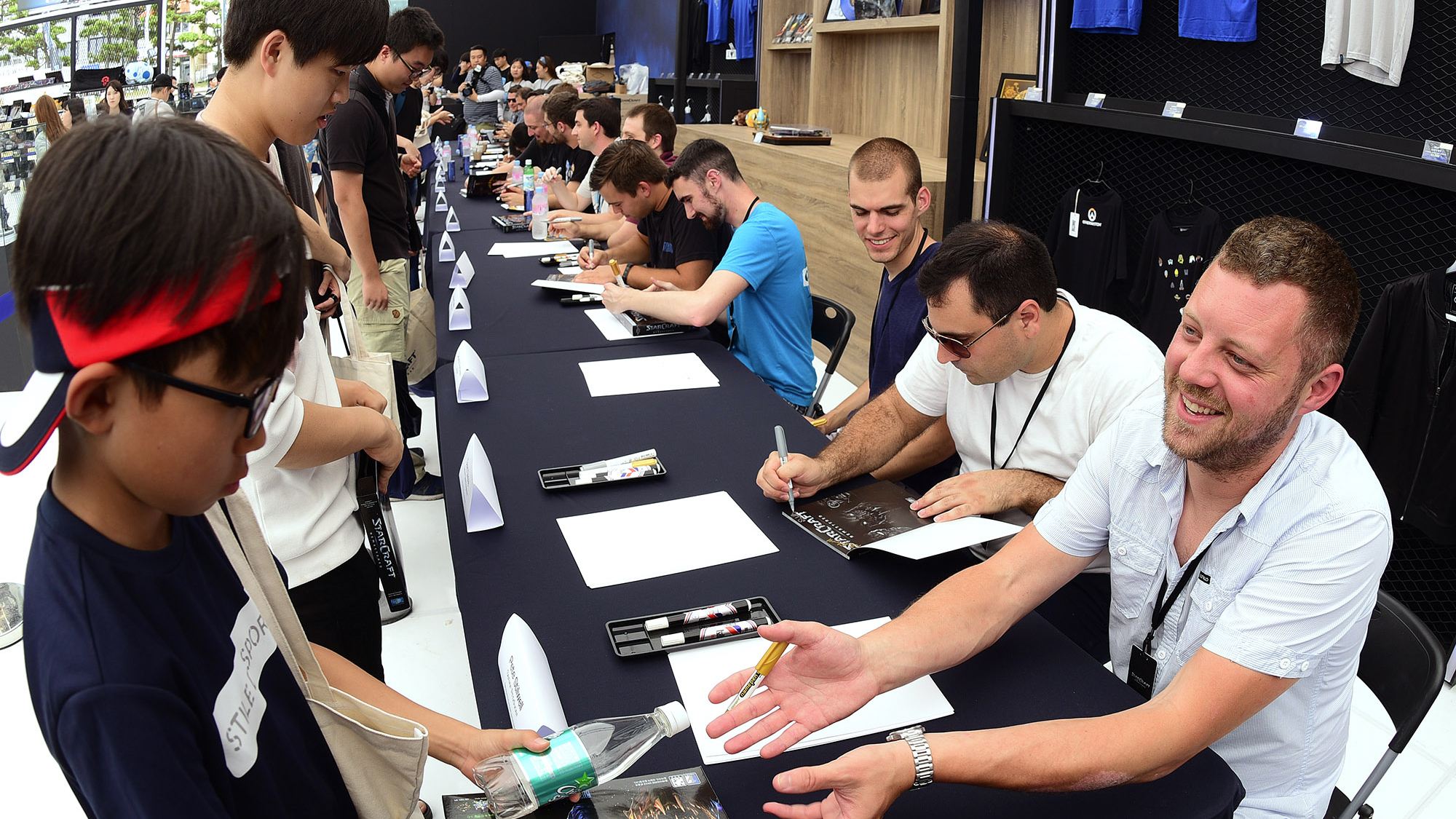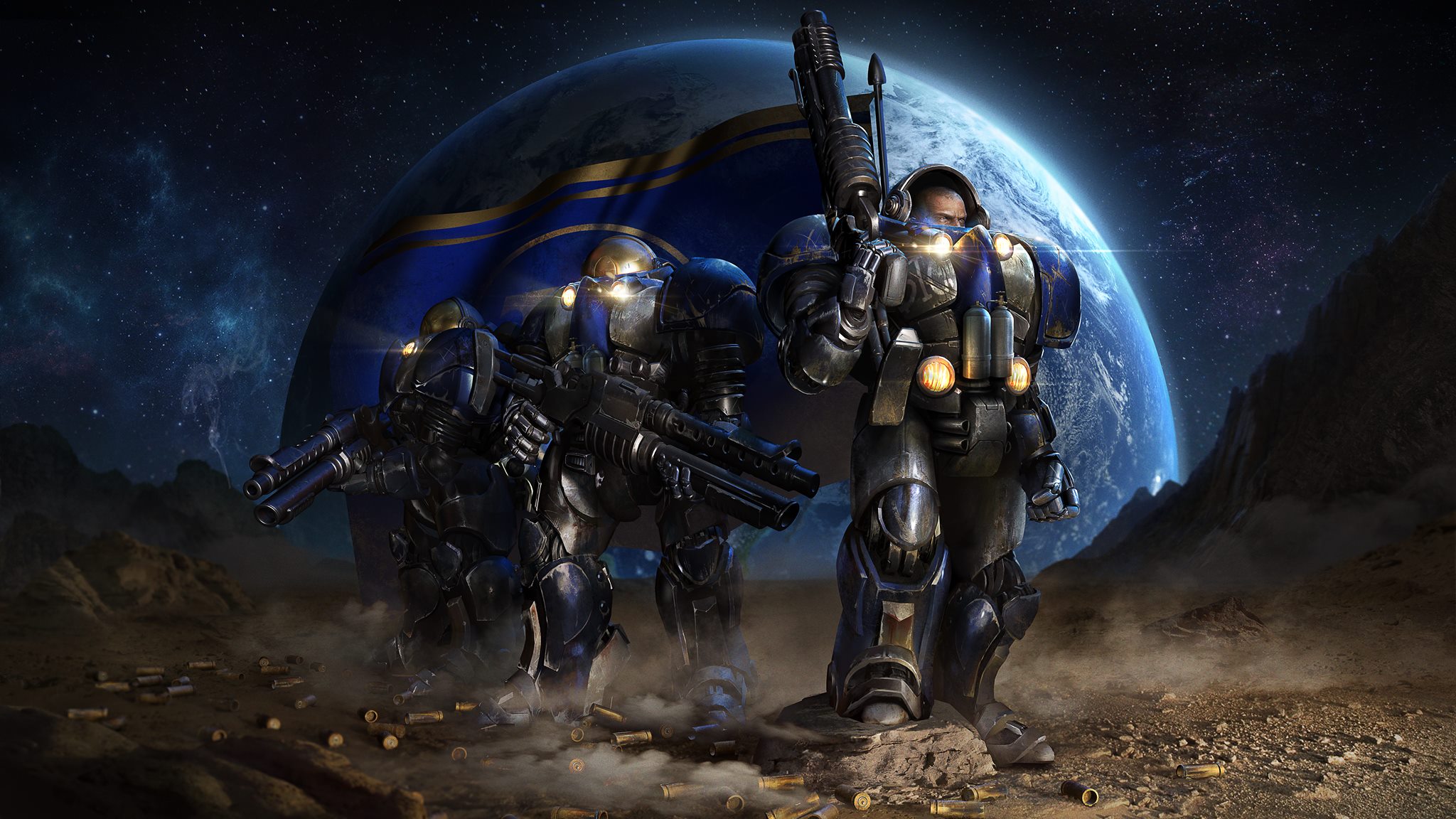StarCraft: Remastered hasn't changed how Korea feels about StarCraft
For nearly twenty years, Korean StarCraft was fine without intervention, so can SC: Remastered be the key to its future?


Kwanghee “Waxangel” Woo has covered professional StarCraft since 2002. He used to record professional matches from Korea on videotape and upload them for the international community before this ‘streaming’ thing ever took off.
Photo by Kim Yong Woo.
Back in June, the developers of StarCraft: Remastered gave me a long, thoughtful explanation on why they had decided to leave the antiquated gameplay of the original StarCraft virtually untouched. They could have just answered: “Korea.”
A freak confluence of events in 1990’s South Korea—including a crippling recession, a growing but fragile telecom sector, and a curious taste in games—caused StarCraft: Brood War to ascend from mere videogame to cultural phenomenon. Since then, a devoted fanbase has kept the game very much alive for nearly 20 years. So, how has StarCraft: Remastered actually fared in its adopted home?
At first glance, it might appear as if SC:R has enjoyed the same, rapturous reception as its illustrious predecessor. The Korean launch event on August 1—featuring legendary pros from multiple eras—drew a live audience of reportedly 10,000 people, with online streams peaking at over 500,000 concurrent viewers (at the time of writing, the YouTube video of the event sits at over one million views). While Blizzard has not released numbers on digital sales, pre-orders for a limited, Korea-only run of 20,000-plus physical copies of the game sold out in less than a day.
Other numbers don’t tell quite as rosy a tale. According to www.gametrics.com, StarCraft’s share of total playtime in PC bangs—the Korean version of the net cafe where the StarCraft craze was born—rose from 3.27% to 4.03% in the week after SC:R’s release (6th overall). That seems like an impressive boost, until you realize that it’s just barely over the previous year-high mark of 4.02%, which occurred in April in the week after SC:R’s announcement. When you consider that Blizzard made SC:R playable exclusively in PC bangs for the first two weeks of release, it seems all the more underwhelming.

To some extent, StarCraft didn’t need to be Remastered.
Perhaps the glass-half-full viewpoint is the right one to take. StarCraft: Remastered failed to bring Korean players ‘back’ to StarCraft, but they had never gone away to begin with. As previously mentioned, StarCraft was already alive and well. Esports was bringing in crowds in the thousands, while the game had commanded a respectable 3~4% share at PC bangs for years. To some extent, StarCraft didn’t need to be Remastered.
But it’s certainly nice. Korea’s StarCraft communities and forums are populated with players who have no qualms about referring to themselves as stubborn, old geezers, and affectionately call StarCraft a ‘folk game’ along the lines of tag or Go. While they occasionally bemoan how kids these days don’t want to play StarCraft, the general aura is one of contentedness. StarCraft exists, StarCraft is fun, and—What’s this? It has a shiny new coat of paint and it’s easier to find a game? Well, then that’s just swell.

There have been complaints as well. SC:R’s launch was marred by bugs and technical issues, and while few of them were game-breaking, they’ve added up to form a less-than-ideal first impression. And of course, the hardcore among the hardcore (including some pro gamers) have quibbled that Blizzard has failed to make the controls feel exactly like the original StarCraft.
The biggest gaming news, reviews and hardware deals
Keep up to date with the most important stories and the best deals, as picked by the PC Gamer team.
It’s too early to know how SC:R has resonated with an extremely important subset of players: the newbies. Old-timers might appreciate StarCraft: Remastered as a deftly executed preservation project, but its greatest value could be in its ability to attract and retain new players. Without them, even a game that has endured as long as StarCraft will inevitably fade away.
Maybe that’s just an idle concern. StarCraft has had an extraordinary run in Korea, where it was celebrated as a national pastime, an esport that rivalled traditional sports, and as the game that defied all conventional wisdom about longevity. At this point, it may be too much ask for anything more. After all, part of growing old is making peace with one’s mortality.

